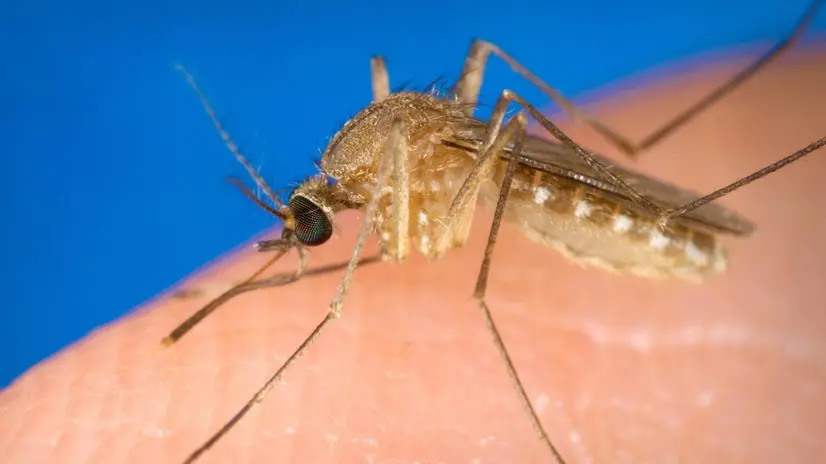Nuovo caso di West Nile in Sardegna, salgono a otto in tutto

ORISTANO, 25 AGO - Un emigrato di 46 anni è risultato positivo al virus della West Nile. Si tratta dell'ottavo caso umano di Febbre del Nilo diagnosticato nel corso del 2025 nella provincia di Oristano. L'uomo, originario di un paese del Campidano Oristanese, in questi giorni in Sardegna per partecipare a una manifestazione sportiva, è ricoverato nel reparto di Neurologia dell'ospedale San Martino di Oristano: le sue condizioni sono buone, riferiscono i medici. Nelle scorse settimane erano risultati positivi al virus altri tre ultrasettantenni, tre ultrasessantacinquenni e un ultranovantenne. Di questi sette contagiati, cinque sono ancora ricoverati in diversi ospedali, mentre due sono stati dimessi e hanno fatto rientro nelle proprie abitazioni. La Asl ricorda che non esiste un vaccino per la febbre West Nile, né una terapia specifica. Per questo è fondamentale proteggersi dalle punture ed evitare che le zanzare possano riprodursi adottando alcune precauzioni. In primo luogo occorre evitare i ristagni d'acqua, dove proliferano le larve di zanzara.
Riproduzione riservata © Giornale di Brescia
Iscriviti al canale WhatsApp del GdB e resta aggiornato
